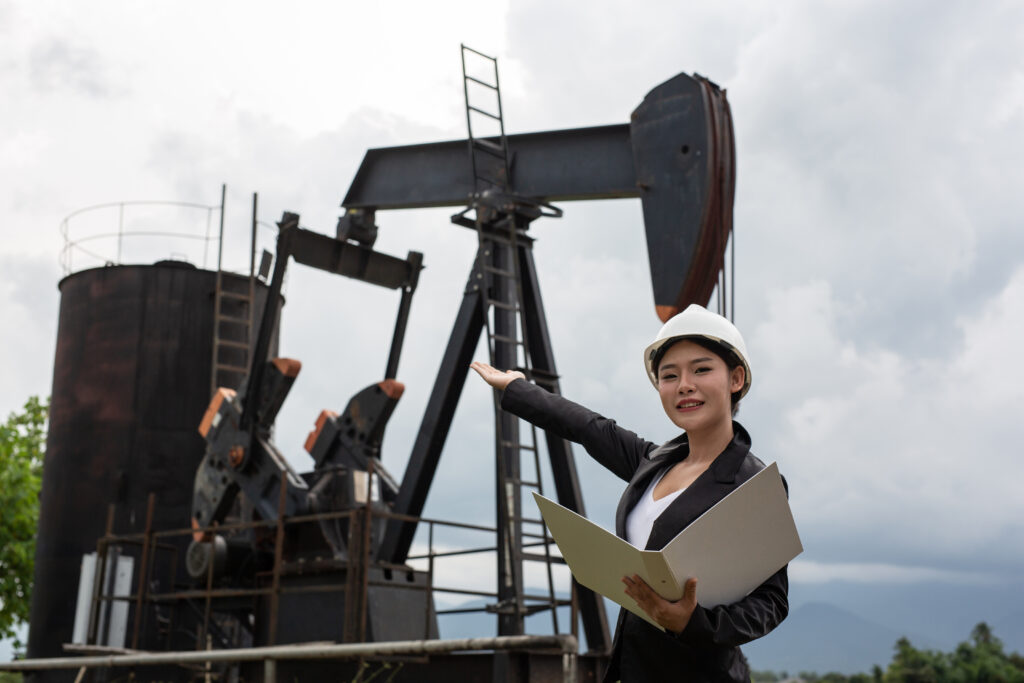Transportation, trading, shipping, ordering, and keeping track of and managing inventories are all important parts of the global supply chain for the oil and gas industry. The supply chain also depends on the networks that move refined energy products from where they are made to where they are sold.The supply chain typically consists of three different parts. People look for and take out raw materials like oil and natural gas in the upstream sector. The midstream sector is in charge of moving, storing, and processing energy commodities. Oil refineries, shops, and gas utilities are all part of the downstream sector.
Logistics and Supply Chain Problems
Unanticipated demand and constrained logistical resources have been a global drag on supply chains. A few of the biggest problems in supply chain management are:
Supply chain data synchronization
To manage supply chains well, you need to be able to look at the data that they create. Data management is one of the hardest parts of supply chain management because there are many data points in global supply chains.
Digital transformation
Digital transformation is needed to improve supply chain operations. This can be done by using technologies like the Internet of Things (IoT), artificial intelligence (AI), drones, and robotics. Still, integrating these technologies into the supply chain processes that are already in place is the hardest part of managing supply chains. This is the primary problem.
Port congestion
Because of the epidemic, less cargo was being loaded and unloaded, which led to more people in the harbors. It caused a lag in shipping and delivery times. Companies of all sizes are rethinking how they do business because of problems in the supply chain. They want to keep making money and keeping customers happy.
Global supply chains face significant difficulties, such as:
- Managing in an atmosphere of constant uncertainty
- A lack of available workers
- Consequences of bottlenecks on a global scale
- Access to necessary tools
Rising freight costs
Freight charges have gone up because energy prices have increased, and there is more demand for shipping containers. During the pandemic, there was a boom in e-commerce, which led to a rise in the demand for container shipping.
Unpredictable demand
Because of the epidemic and the disruptions it caused in the supply chain, it took a lot of work to forecast the future demand for the product. It was nearly impossible to determine how much was being produced and how much was in stock.
Visibility and Supply Chain Flow
Supply chains for oil and gas are sometimes transparent. Most companies use oil and gas from a few countries. Shortages or other economic problems in those countries affect the oil and gas supply chain and how we buy it here at home. Transparency is the best solution to oil and gas procurement issues. Check foreign risks, find new sources, and watch pricing daily. The more you can simplify the supply chain process into digestible segments, the faster you can detect issues, fix them, and get the business back on track.


